BATT Boost Click is a compact add-on board that expands a coin battery cell’s lifetime and current capability, like the CR2032 and lithium thionyl batteries. This board features the NBM5100A, a coin-cell battery life booster with adaptive power optimization from Nexperia. It is a battery energy management device designed to maximize usable capacity from non-rechargeable, primary batteries when used in low-voltage, low-power applications requiring burst current loads. The devices overcome voltage drop and battery life limitations associated with extracting high pulse currents. This Click board™ makes the perfect solution for the development of battery-powered IoT, industrial applications, consumer and wearable devices, and more.
BATT Boost Click is fully compatible with the mikroBUS™ socket and can be used on any host system supporting the mikroBUS™ standard. It comes with the mikroSDK open-source libraries, offering unparalleled flexibility for evaluation and customization. What sets this Click board™ apart is the groundbreakingClickID feature, enabling your host system to seamlessly and automatically detect and identify this add-on board.
 4-20mA T Click
1 × R400.00
4-20mA T Click
1 × R400.00  BUZZ Click
1 × R115.00
BUZZ Click
1 × R115.00  MPU 9DOF Click
1 × R540.00
MPU 9DOF Click
1 × R540.00  Accel Click
1 × R350.00
Accel Click
1 × R350.00  tRF Click
1 × R1,050.00
tRF Click
1 × R1,050.00 
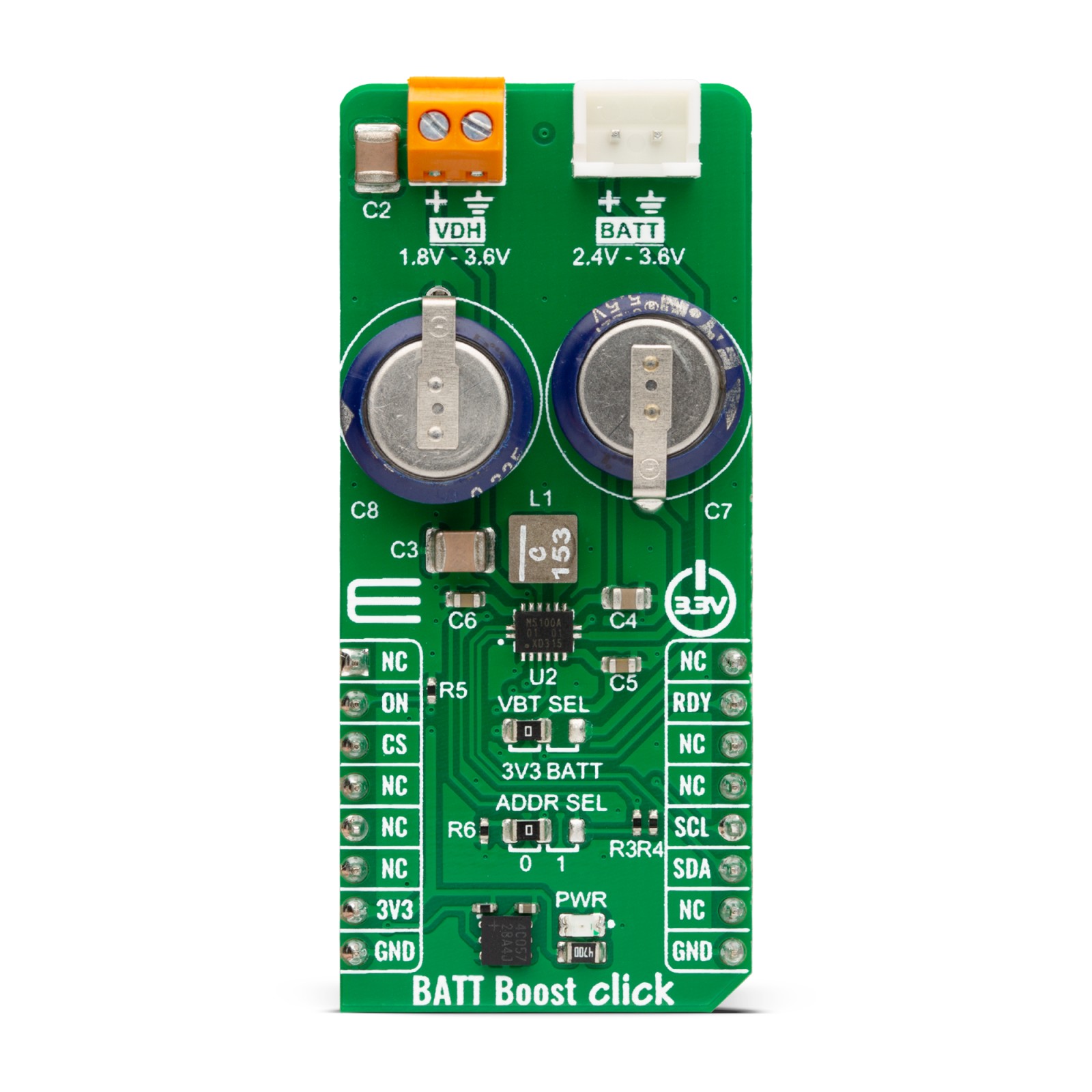
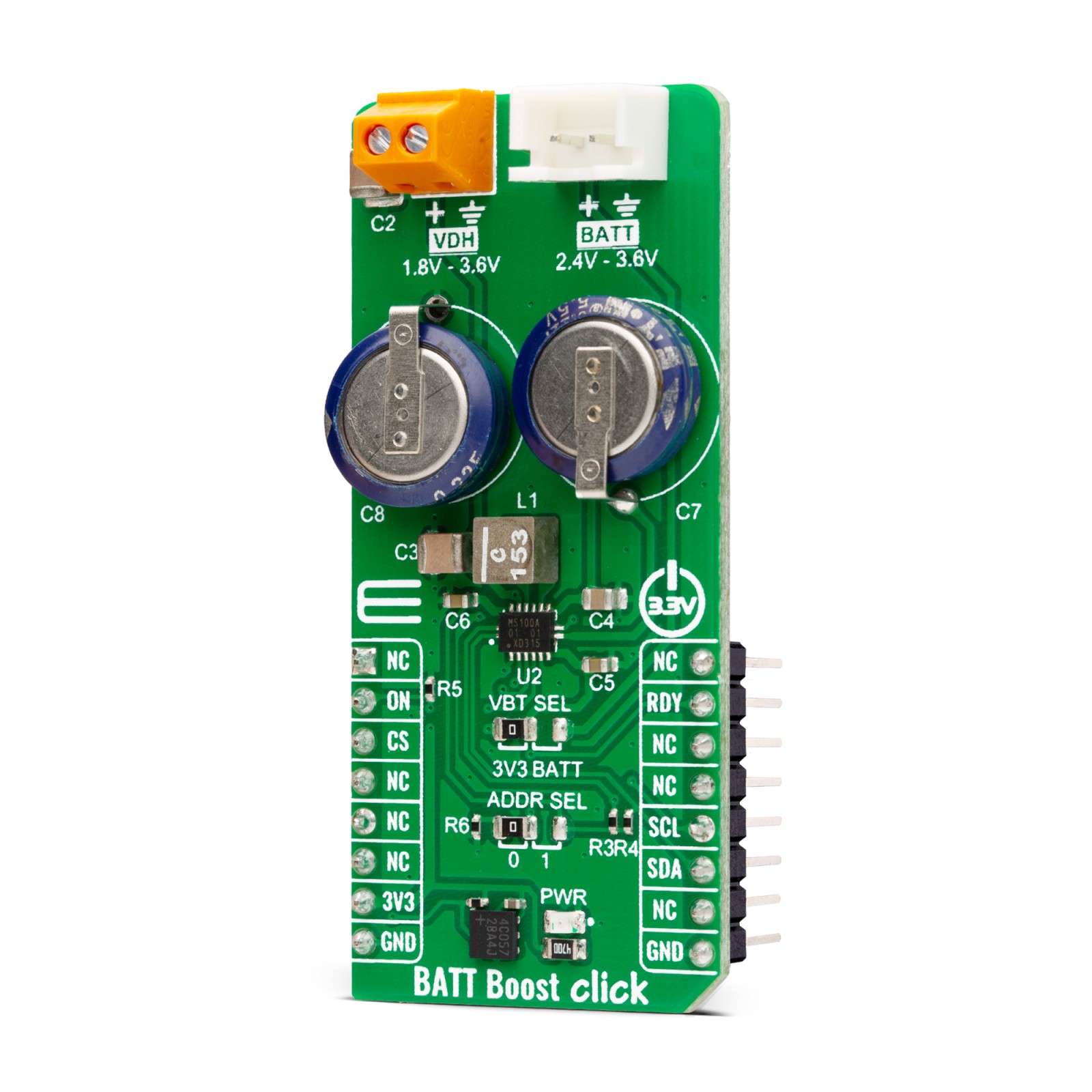
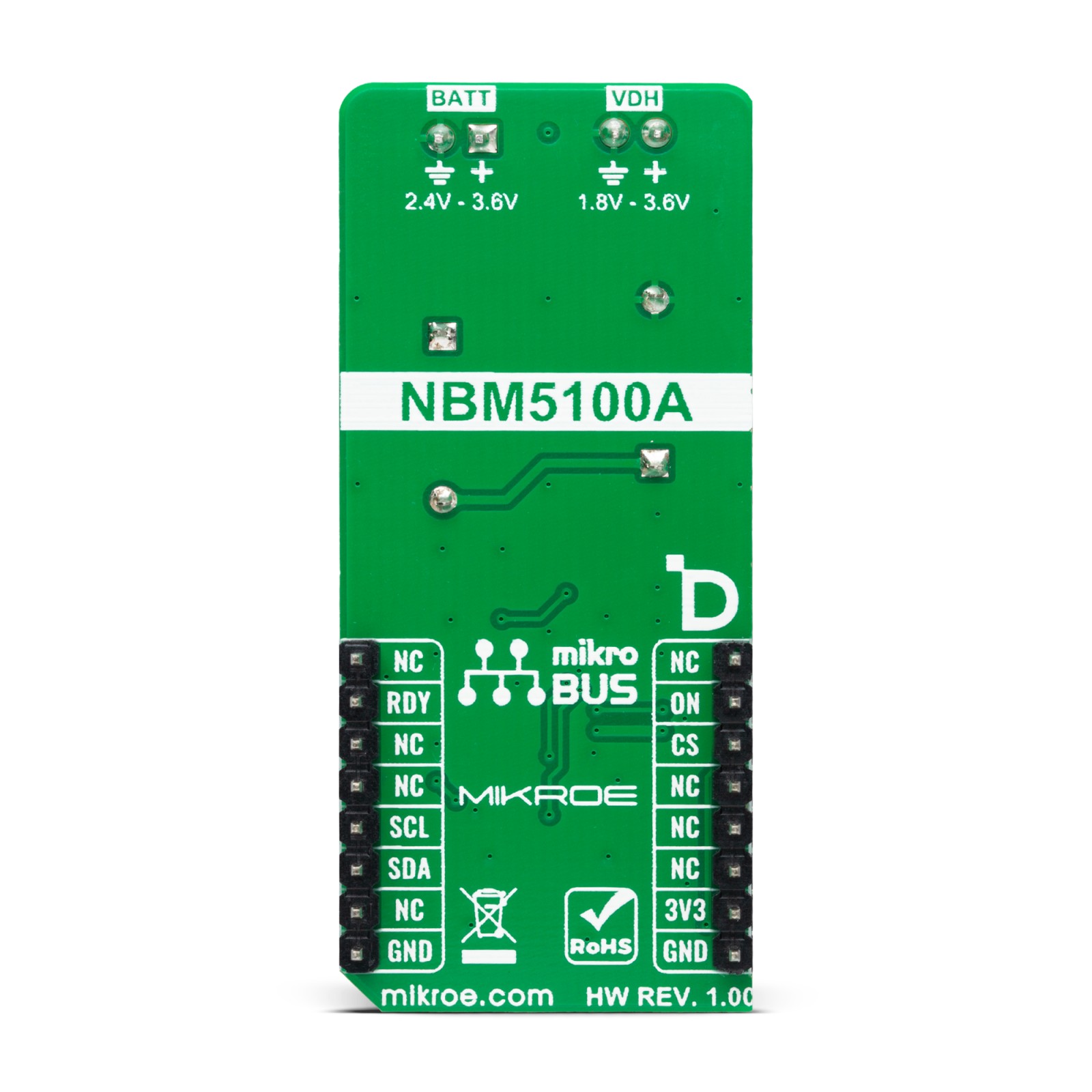
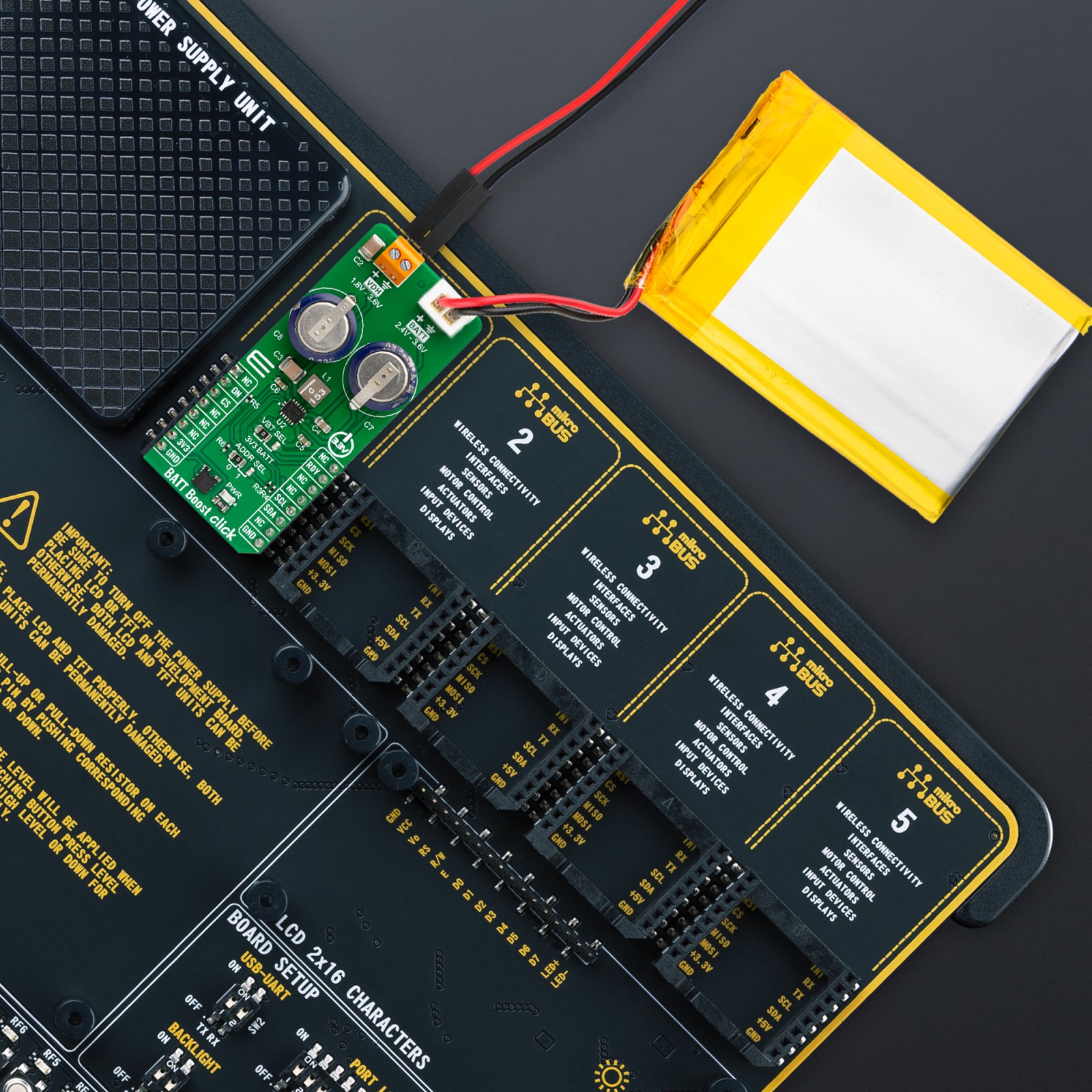
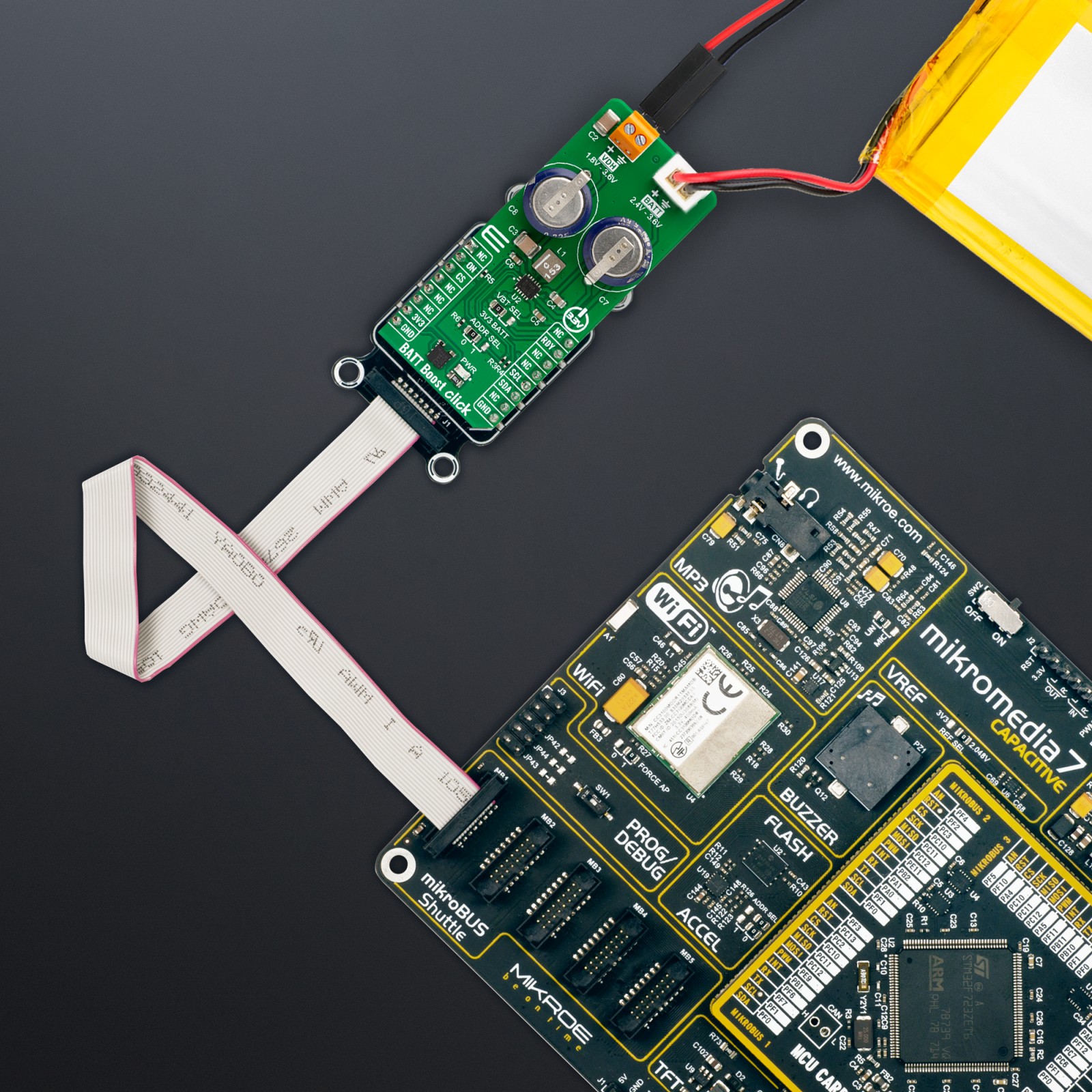

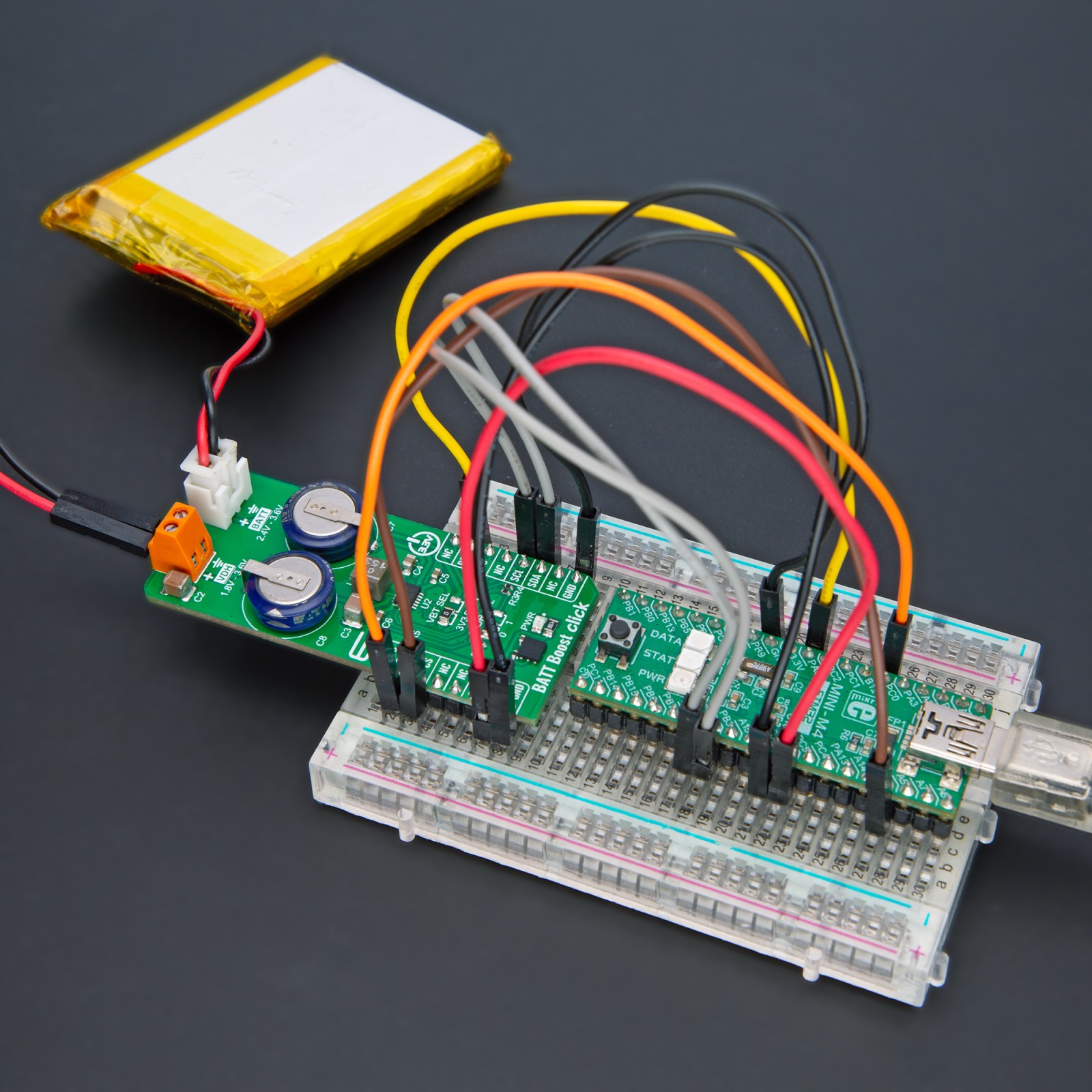
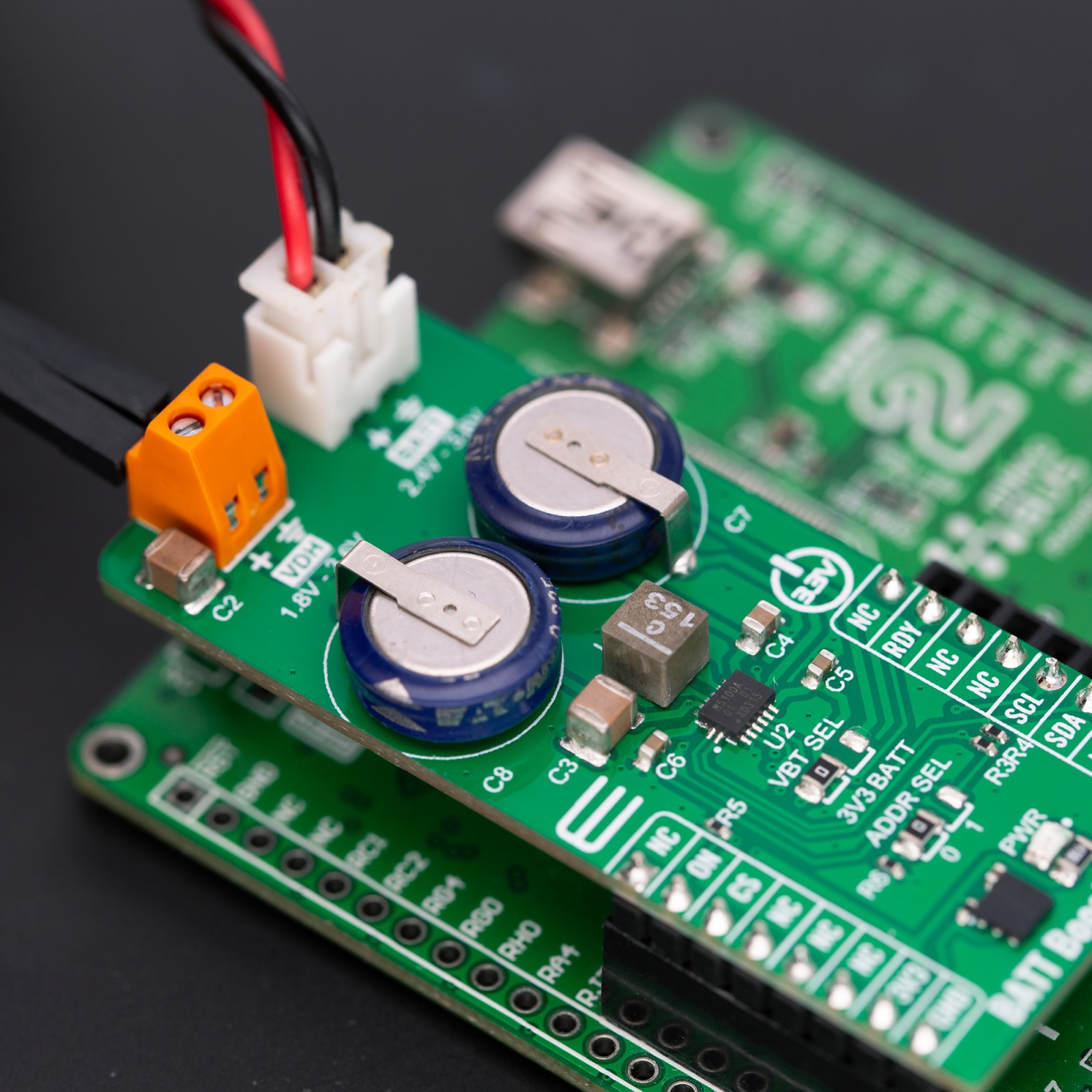
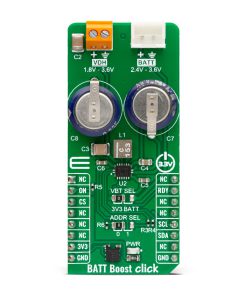
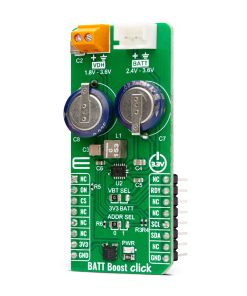
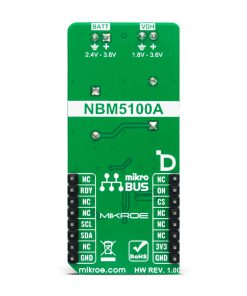
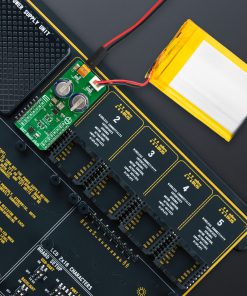
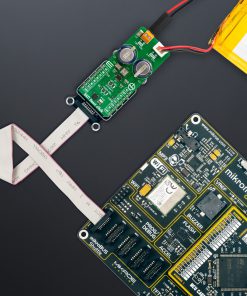
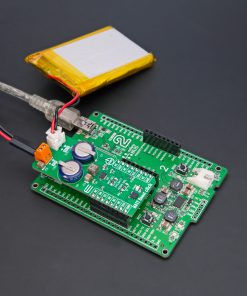
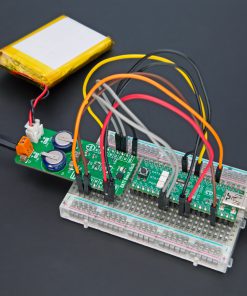
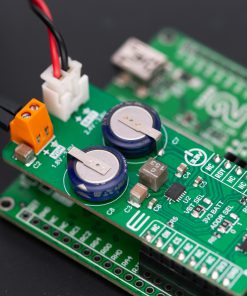
.jpg)







